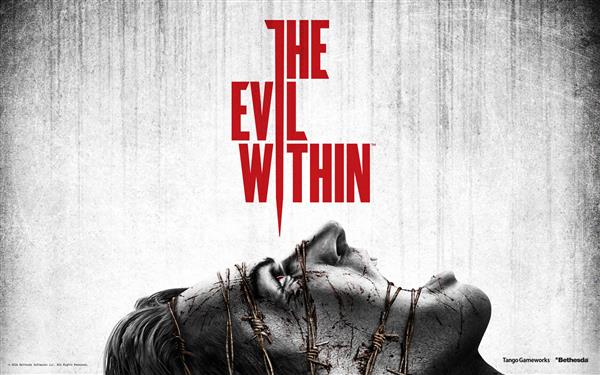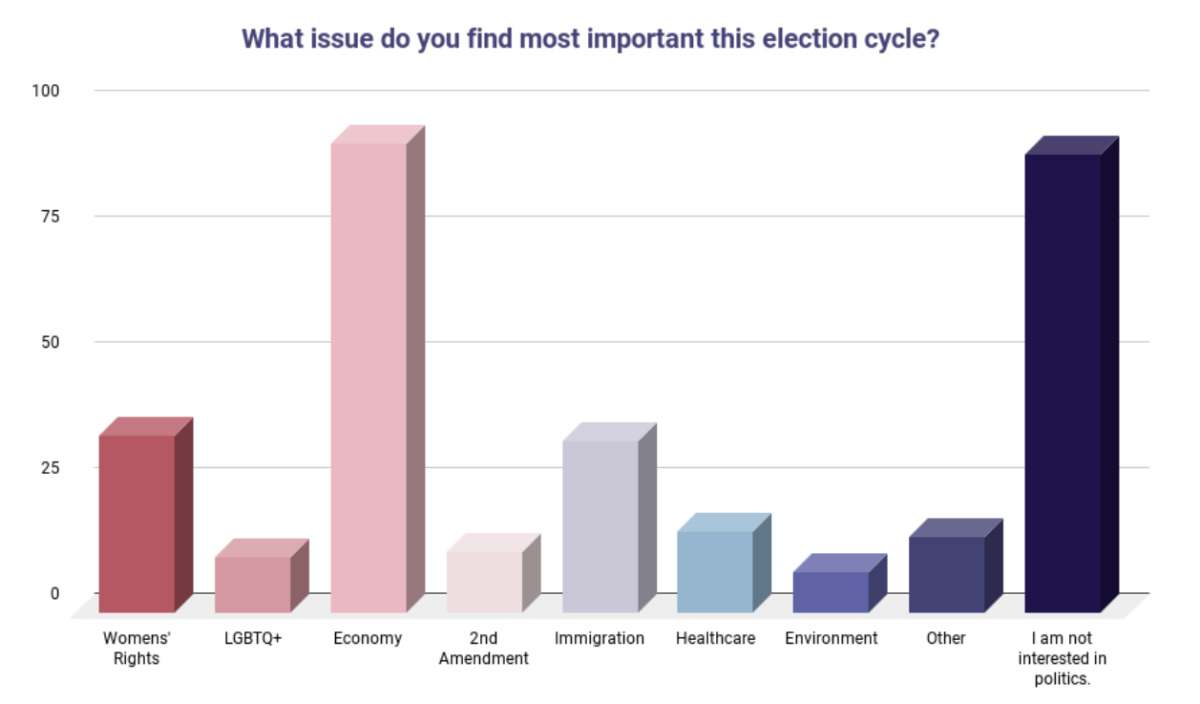
The game all horror fans everywhere have braced themselves for is one of great ambition and brought to gamers as a fairly straightforward title–The Evil Within. One can tell without even knowing anything about this game that it’s going to be a horror title, but without the research, they may not know who the game is brought to them by. When it was announced that Shinji Mikami, master behind the Resident Evil franchise (when Resident Evil was still considered a survival horror series) created great ambitions and even high hopes for what his new work would bring. Over a decade since his last great work, Resident Evil 4, everyone may be asking the same question–can Shinji Mikami still bring a great horror game to the table, one that has both satisfying storytelling and chills the gamer to the bone?
After watching the trailer and then playing the game, one can say that The Evil Within is exactly what they’d think it would be–a bloody mess, which, for a horror game, isn’t a bad thing at all. Detective Sebastian Castellanos, the game’s protagonist and someone who looks as if he’s stepped out of a 1940s noir film, investigates the scene of gruesome homicides in a church. For all intents and purposes, the investigation sets the tone for the rest of the game very well. The mood is tense and the game manages to startle the reader as Sebastian is suddenly captured by a teleporting man in a white hood while he overlooks the church’s security cameras. Immediately, the player is thrust into a strange world where earthquakes rattle everything in sight, monsters attempt to consume everything they touch and the hooded man seems to be behind it all. The Evil Within’s intro manages to deliver some very creepy elements.
Atmospherically, The Evil Within is a great game. Too often are gamers just bombarded with forgettable jump scares in horror games, which serve only the purpose of making them jump for a temporary time. Afterwards, jump scares just become cheap and boring. However, The Evil Within, while still having its share of jump scares, does step away from all of that. The Evil Within seems to be asking its gamers one question–how far can we push you? After entering rooms with creepy doll heads stacked to the ceiling, or sneaking around killing zombies in something similar to a medieval village, the game is utterly tense. A fair share of the creatures in the game are disturbing, such long-haired, multi-limbed creature Laura who crawls towards the player.
The gameplay itself in The Evil Within is exactly what it was advertised to be–a survival horror. This means that using your gun to simply blast through enemies is not an option, as bullets are a precious, scarce resource. Bullets, though, are not the only thing scarce in the game. The player will constantly be scrounging for health as well. Feeling safe in this game is the equivalent of sneaking through the shadows with at least one bullet or a little health because hey, at least that’s something rather than nothing at all. The game has been known to make a few gamers desire to chuck a controller at their TVs, as they generally die quite frequently. Make no mistake–The Evil Within was not meant to be something people just breeze through. Requiring tense concentration for an almost fifteen-hour game, people really have to think about what they’re doing when they’re doing it. Is this creature dead? It looks dead, but it may get back up. Well, just to be sure, set it on fire. Good job.
Leveling up in the game is an experience entirely tailored to the player’s choice. For example, he or she might be thinking, “Maybe I should be leveling Sebastian’s sprint so he doesn’t run out of breath after two seconds” or “Maybe I should increase the amount of bullets I can have in my revolver’s clip”. This way, as is custom with a game made by the loved company Bethesda, the player has to strategize how they’re going to play The Evil Within. The option of having leveling up being custom can either frustrate players for regretting not leveling up something, or exciting them by increasing their chances of survival. There really isn’t an in-between.
The gameplay is fun, albeit difficult, but what about the story? Does it bring anything new or original to the table in the world of horror games? The yes part: The story is inventive and creative, and most of the characters are memorable. Sebastian, although not as interesting as the side characters, provides the player with an interesting backstory to follow as they question why he’s linked to all the game’s events. Joseph Oda, Sebastian’s partner and fellow detective, is brainy and intelligent. Leslie is an autistic teenage boy most players feel the need to protect. Ruvik, the game’s primary antagonist, is a man wrapped in mystery. Despite being the villain, his backstory fleshes him out into being one of the best video game antagonists to date.
The bad part of The Evil Within’s story is the lack of competent storytelling. Too often are players bombarded with events that don’t necessarily make sense. Towards the conclusion of the game, things are revealed, and the player can be mostly satisfied. However, the game contains a few plot-holes, leaving the gamer scratching their head and squinting their eyes. The game’s story definitely isn’t a bad story. It’s definitely enjoyable and memorable–more time could have been spent on explaining it though.
Overall, The Evil Within ended up being truly a satisfying experience. It was able to mostly live up to the hype expressed towards it at E3 over a year ago. While the game does have a few issues, it’s definitely one any hardcore horror gamer should add to their gaming library. It rightfully earns a ⅘ stars.









